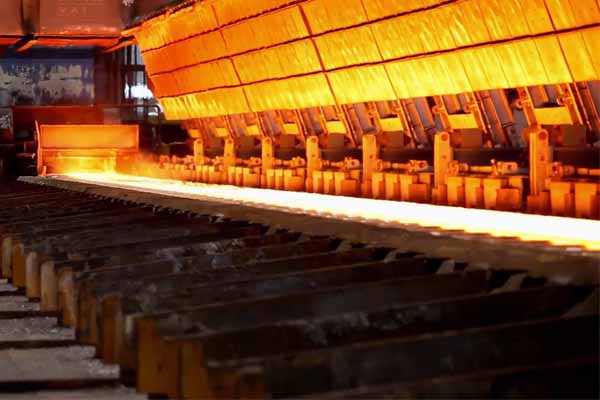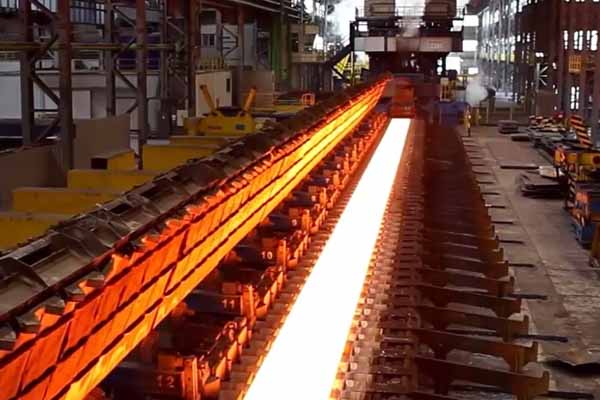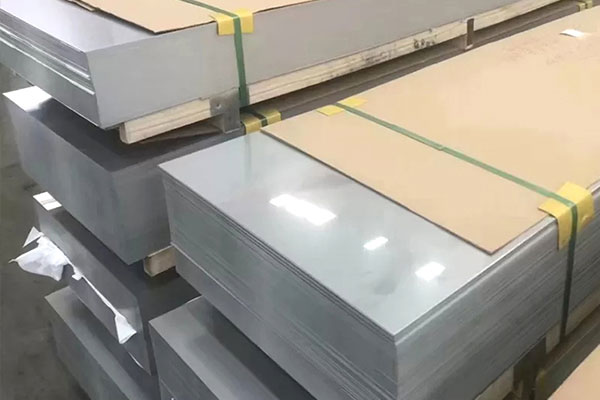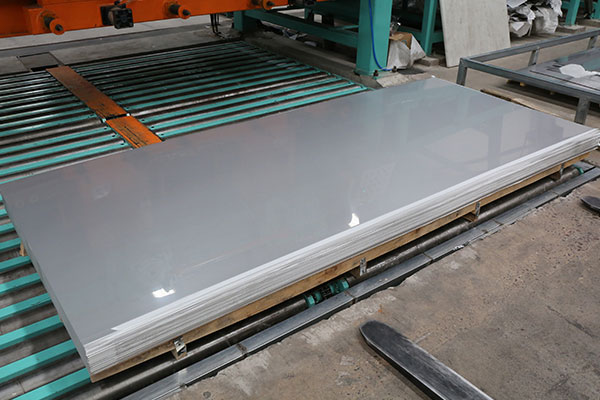┃ Material
UNS N10276, Alloy C-276, Hastelloy® C276, Inconel® C276, W.Nr. 2.4819, NS334
Note that the designation “Inconel® C276” is registered trademarks of the Special Metals Corporation group of companies.
Note that the designation “Hastelloy® C276” is registered trademarks of the Hanes International.
┃ Overview
UNS N10276 is known for its corrosion resistance in a wide range of aggressive media. The high molybdenum content imparts resistance to localized corrosion such as pitting. The low carbon minimizes carbide precipitation during welding to maintain resistance to intergranular attack in heat-affected zones of welded joints.
By virtue of extremely low carbon and silicon contents, N10276 is a wrought Ni-Cr-Mo material to alleviate concerns over welding. Like other nickel alloys, it is ductile, easy to form and weld, and possesses exceptional resistance to stress corrosion cracking in chloride-bearing solutions (a form of degradation to which the austenitic stainless steels are prone). With its high chromium and molybdenum contents, it is able to withstand both oxidizing and non-oxidizing acids, and exhibits outstanding resistance to pitting and crevice attack in the presence of chlorides and other halides. Furthermore, it is very resistant to sulfide stress cracking and stress corrosion cracking in sour, oilfield environments.
┃ Application
UNS N10276 is used in chemical processing, pollution control, pulp and paper production, industrial and municipal waste treatment and the recovery of “sour” natural gas. Applications in air pollution control include stack liners, ducts, dampers, scrubbers, stack-gas re-heaters, fans and fan housings. In chemical processing, the alloy is used for components including heat exchangers, reaction vessels, evaporators, transfer piping and columns.
┃ Chemical composition (wt% as per ASTM B622)
|
Material
|
Fe
|
Ni
|
Co
|
Cr
|
V
|
Mo
|
Cu
|
|
N10276
|
4.0-7.0
|
Balance
|
≤2.50
|
14.5-16.5
|
≤0.35
|
15.0-17.0
|
≤0.50
|
|
Material
|
C
|
W
|
Mn
|
Si
|
P
|
S
|
|
|
N10276
|
≤0.01
|
3.0-4.5
|
≤1.00
|
≤0.08
|
≤0.040
|
≤0.030
|
|
┃ Mechanical property
(at room termperature in solution annealed condition)
|
Material
|
Tensile strength
ksi (MPa)
|
Yield strength at
0.2 offset ksi (MPa)
|
Elongation in 2”
% min.
|
Reduction of area
% min.
|
|
N10276
|
≥100
(690)
|
≥41
(283)
|
≥40
|
|
┃ Corrosion resistance
N10276 is resistant to general corrosion, stress corrosion cracking, pitting and crevice corrosion in a broad range of severe environments. Its resistance to carbide precipitation during welding maintains corrosion resistance in the heat affected zones of welded joints.
N10276 has exceptional resistance to sulfuric acid and hydrochloric acid. It resists many of the most severe media encountered in chemical processing, including reducing and oxidizing acids, highly oxidizing, neutral, and acid chlorides, solvents, formic and acetic acids, acetic anhydride, wet chlorine gas, hypochlorites, and chlorine solutions. It has excellent resistance to phosphoric acid. At all temperatures below the boiling point and at concentrations lower than 65 wt%, tests have shown corrosion rates of less than 5 mpy (0.13 mm/y).
N10276 exhibits excellent resistance to corrosion by seawater especially under crevice conditions which induce attack in other commonly used materials such as 316 stainless steel, Monel® 400, and Inconel 625.
┃ Heat treatment
Solutioin annealing
N10276 is normally annealed at 2100-2150℉(1150-1175℃) and rapidly cooled such as by water quenching (rapid air cooling is feasible with structures thinner than 10mm (0.375 in). A hold time at the annealing temperature of 10 to 30 minutes is recommended, depending on the thickness of the structure (thicker structures need the full 30 minutes).
Wrought products of alloy C276 are supplied in the mill annealed (MA) condition, unless otherwise specified. This solution annealing procedure has been designed to optimize the alloy’s corrosion resistance and ductility. Following all hot forming operations, the material should be re-annealed, to restore optimum properties. The alloy should also be re-annealed after any cold forming operations that result in an outer fiber elongation of 7% or more.
┃ Available Process
(1) Hot formed, solution annealed, descaled
(2) Cold worked and bright annealed
(3) Cold worked, bright annealed, polished (MP, EP etc.)
┃ Common Tests
Chemical composition
Tension
Hardness
Flaring
Flange
Flattening
Micro structure
Hydrostatic
NDT
Intergranular Corrosion
Surface condition
Shape and dimension
Positive Material Identification
 English
English Русский
Русский







